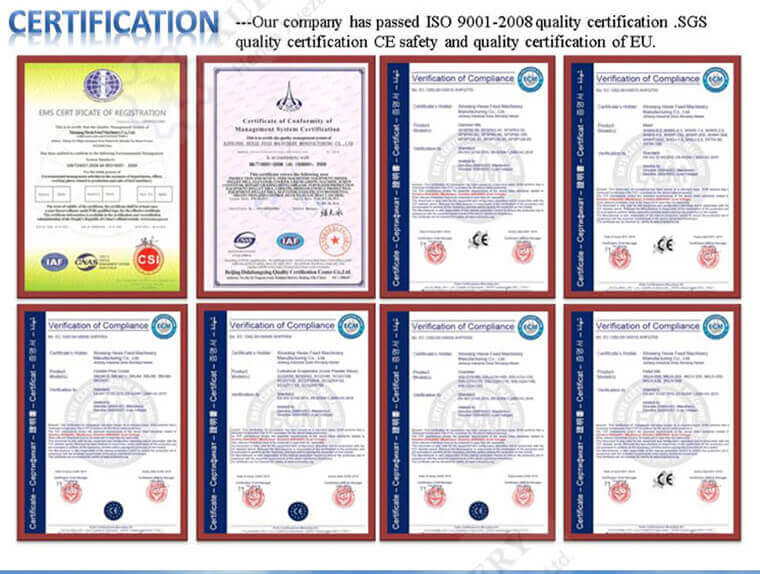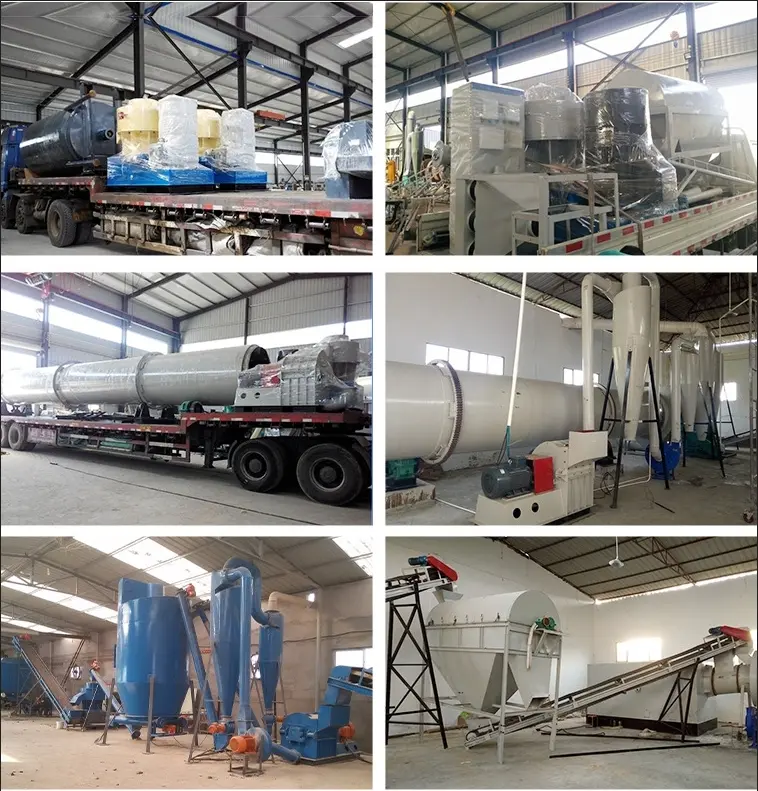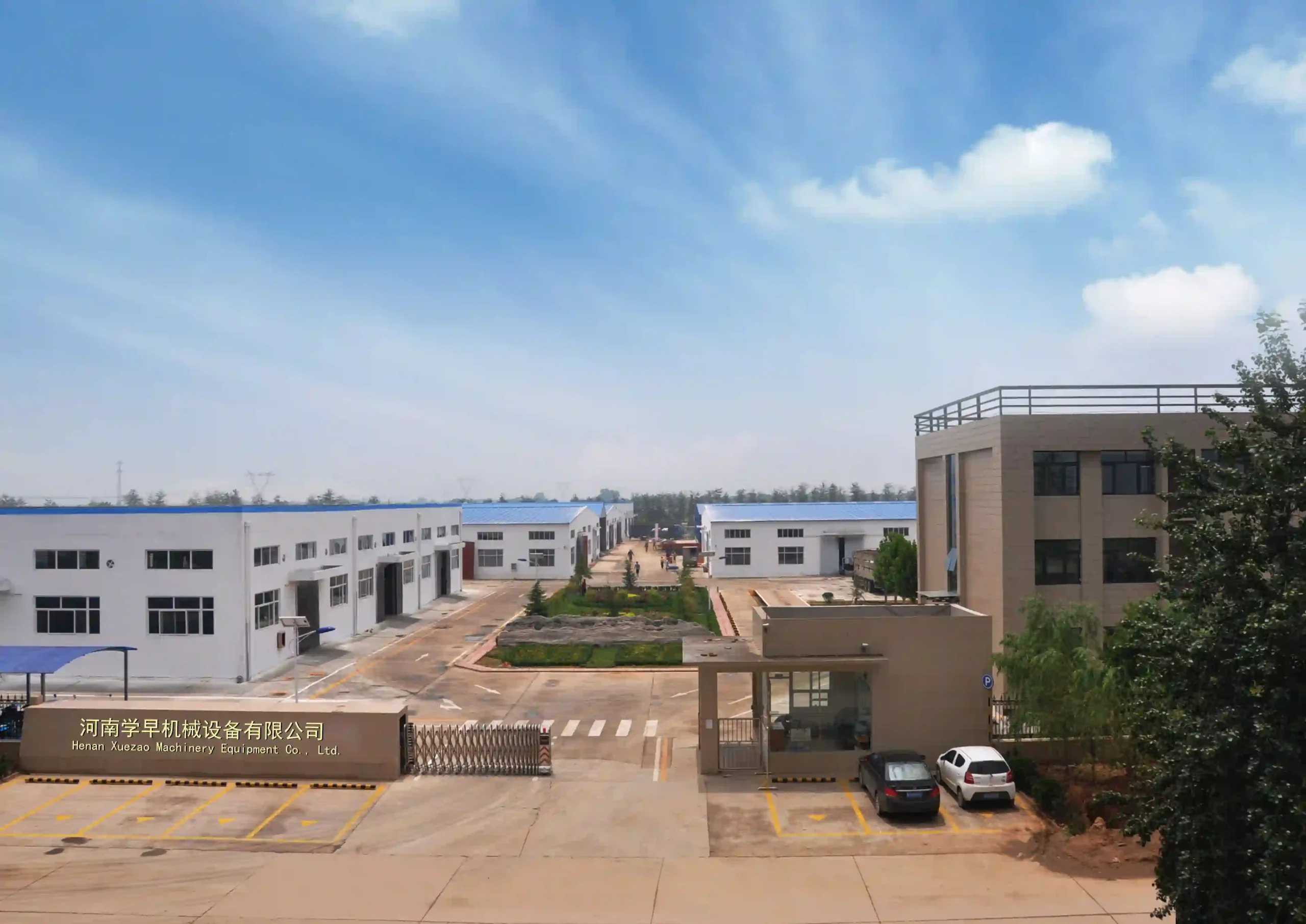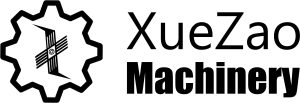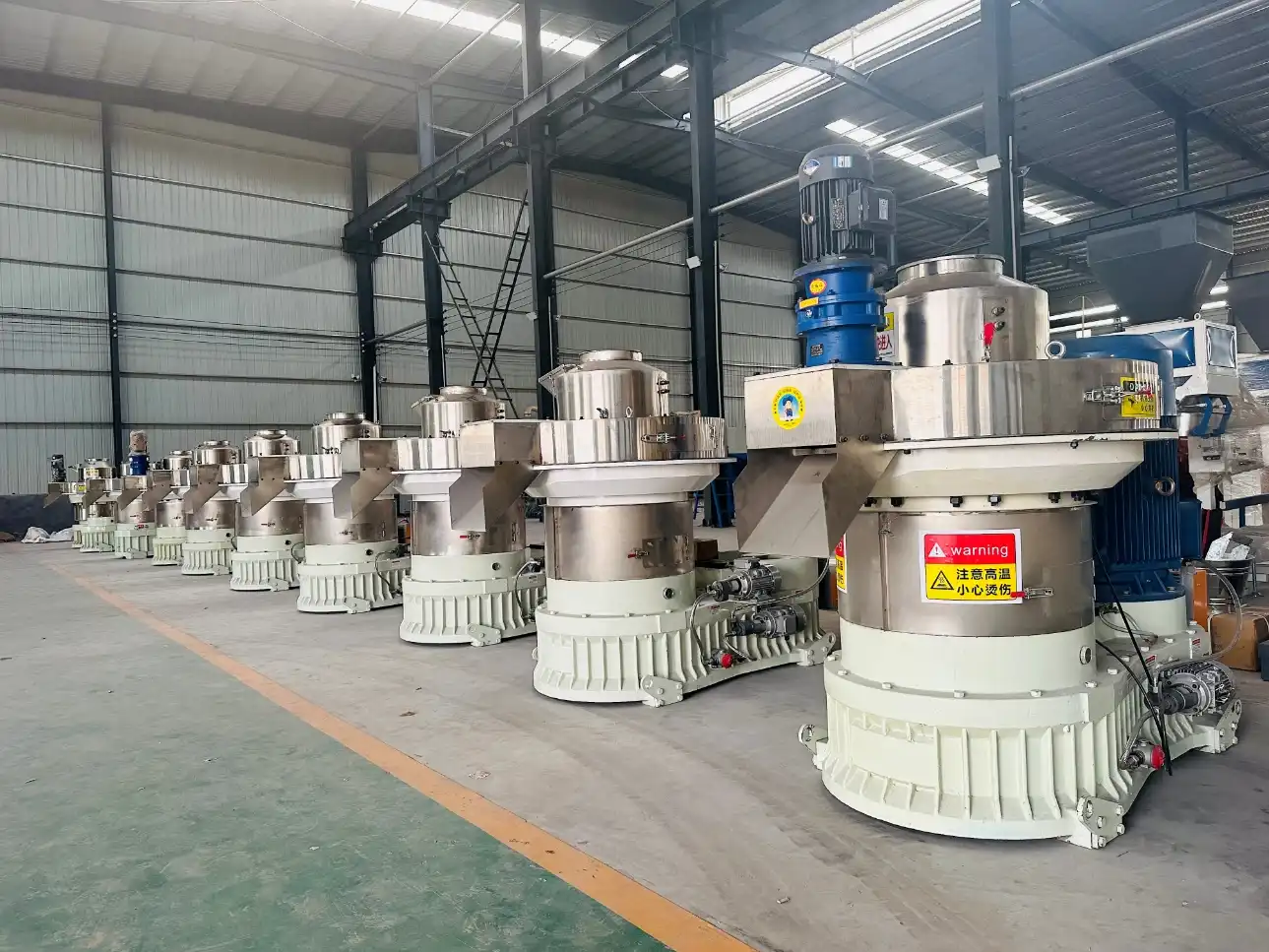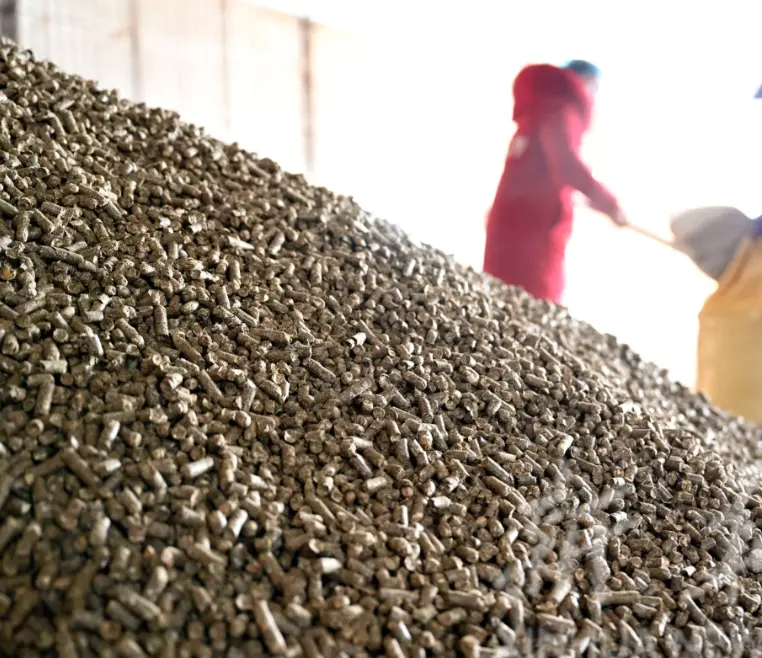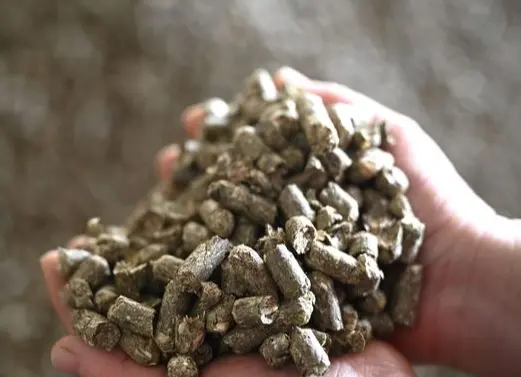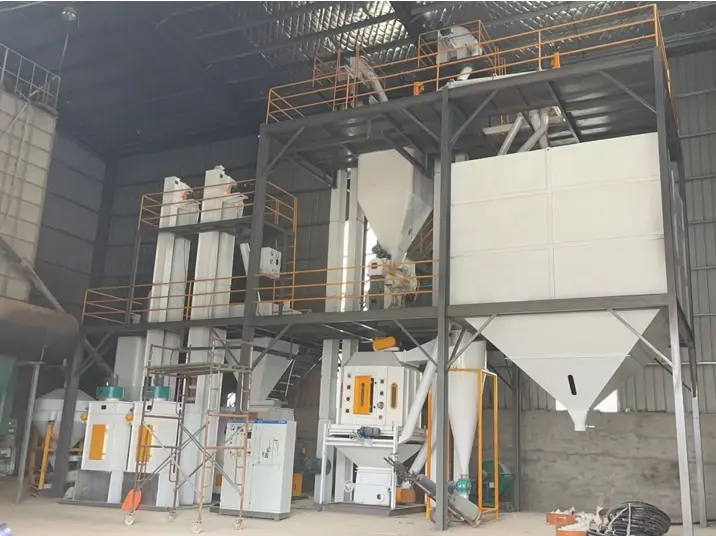Wheat Straw Pellet Mill: A Comprehensive Guide to Wheat Straw Pellet Production
Wheat straw stands as an untapped resource for energy, posing as a promising alternative to wood biomass. Yet, its low bulk density (approximately 40 kg/m3) complicates handling and transportation, restricting its energy potential. Enter the wheat straw pellet mill: a transformative solution.

This innovative machinery ingeniously converts wheat straw into high-density, cost-efficient fuel pellets, enabling convenient long-distance transportation. To achieve superior pellet quality, several critical factors demand meticulous attention: the raw material’s size, straw moisture content, and waste fines.
Our cutting-edge plant integrates automatic constant straw bale feeding, achieving an impressive output of 2-3 tonnes of pellets per working hour. The unique flat die design of our wheat straw pellet press leverages the straw’s lower density, resulting in reduced compression power requirements and lowered production costs.
This straw pellet machine adeptly handles wheat straw and various agro-straws, boasting high pellet productivity with minimal energy input. For those eyeing a local pellet fuel business, the straw pellet mill emerges as the astute choice.
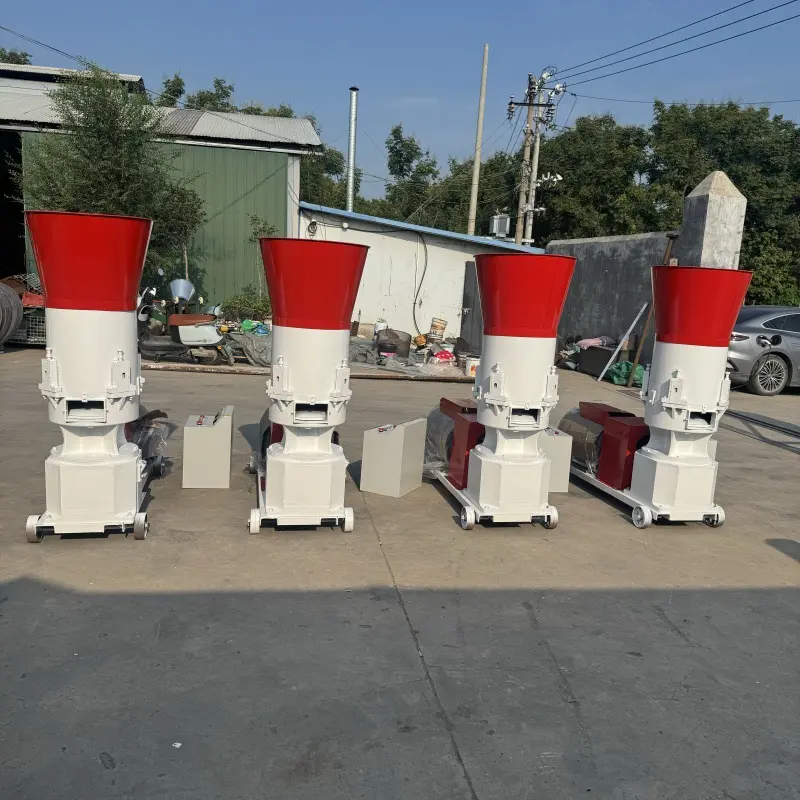
**Technical Specifications**:
– Model: XZLM_400_wheat_straw_pellet_mill
– Power: 30kW
– Capacity: 400-550 kg/h
– Die Mould Diameter: 400mm
– Packing Size: 1450*620*1150mm
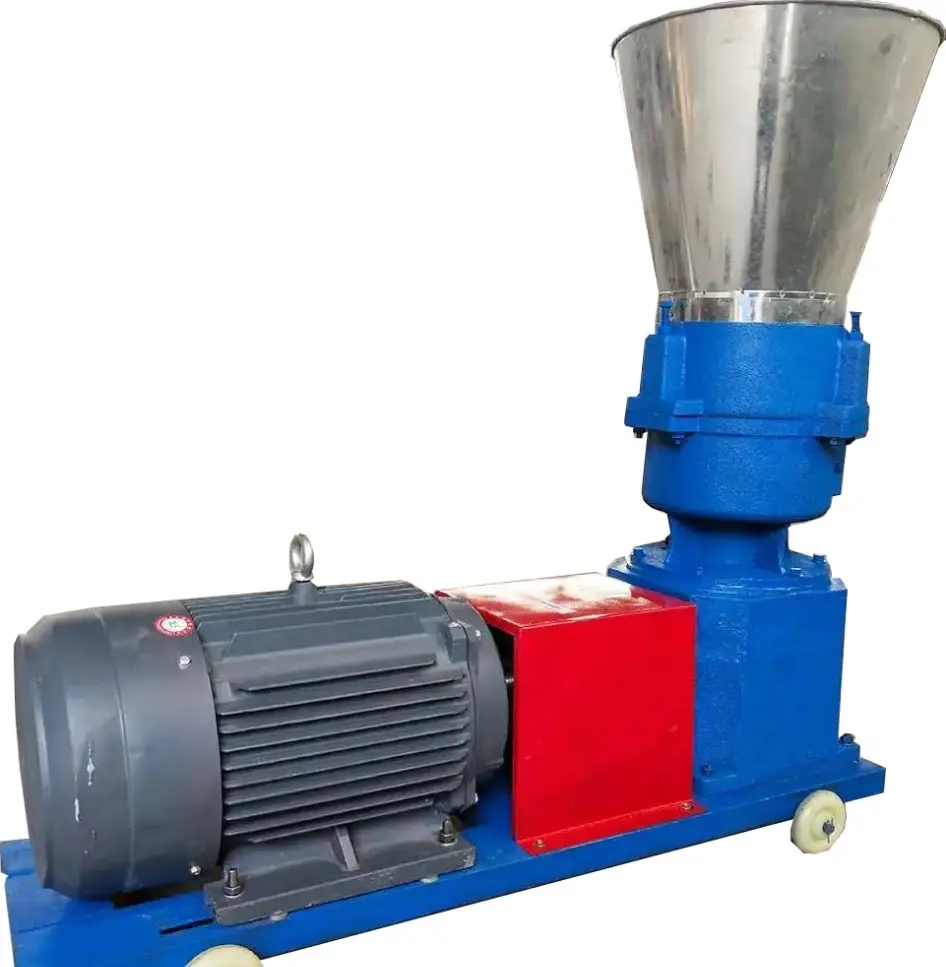
A variety of models to choose from:
| Model | Capacity kg/h | Roller Qty | Power kw | Size(mm) | Weight |
| XZ150 | 80-100kg | 2 | 4kw | 890*370*710mm | 76/90kg |
| XZ160 | 120-180kg | 3 | 4kw | 930*400*810mm | 99/115kg |
| XZ210 | 200-300kg | 3/4 | 7.5kw | 1220*530*850mm | 204/236kg |
| XZ230 | 300-400kg | 3/4 | 11kw | 1180*520*1020mm | 268/285kg |
| XZ260 | 400-600kg | 3/4 | 15kw | 1270*530*1030mm | 340/385kg |
| XZ300 | 800-1000kg | 4 | 22kw | 1300*800*1360mm | 400/420kg |
| XZ400 | 1200-1500kg | 4 | 37kw | 1500*800*1600mm | 700/800kg |
| XZ500 | 2000-3000kg | 4 | 55kw | 1530*930*1750mm | 1000/1100kg |
For the latest machine models and parameters, please consult our technicians: +86 15515685805
**Wheat Straw and Wheat Straw Pellets Comparative Analysis**:
|
Material
|
Moisture content
|
Ash content
|
Calorific value
|
|
Wheat straw
|
20-40%
|
8-9%
|
14.4 MJ/kg
|
|
Wheat straw pellet
|
10%-12%
|
5%-7%
|
18.1 MJ/kg
|

**Wheat Straw Composition**:
Wheat straw primarily comprises cellulose, hemicellulose, and lignin. Cellulose and hemicelluloses constitute 41.53% and 22.92%, respectively, while lignin stands at 12.26%. Lignin’s softening at certain temperatures facilitates particle bonding, contributing to the wheat straw pellets’ softer nature compared to wood pellets.
**Wheat Straw Pellets**:
Uniform in size, shape, moisture, density, and energy content, wheat straw pellets facilitate predictable and convenient handling. Their high density and uniformity enable standard silo storage, rail transportation, and truck delivery, free from explosion risks and environmental hazards associated with nonrenewable fossil fuels.

**Advantages of Pellets as Heating Fuel**:
1. Substantially higher density allows greater transport efficiency and enhanced on-site energy storage.
2. Lower moisture content maximizes combustion efficiency at higher temperatures, minimizing energy loss from water evaporation during combustion.
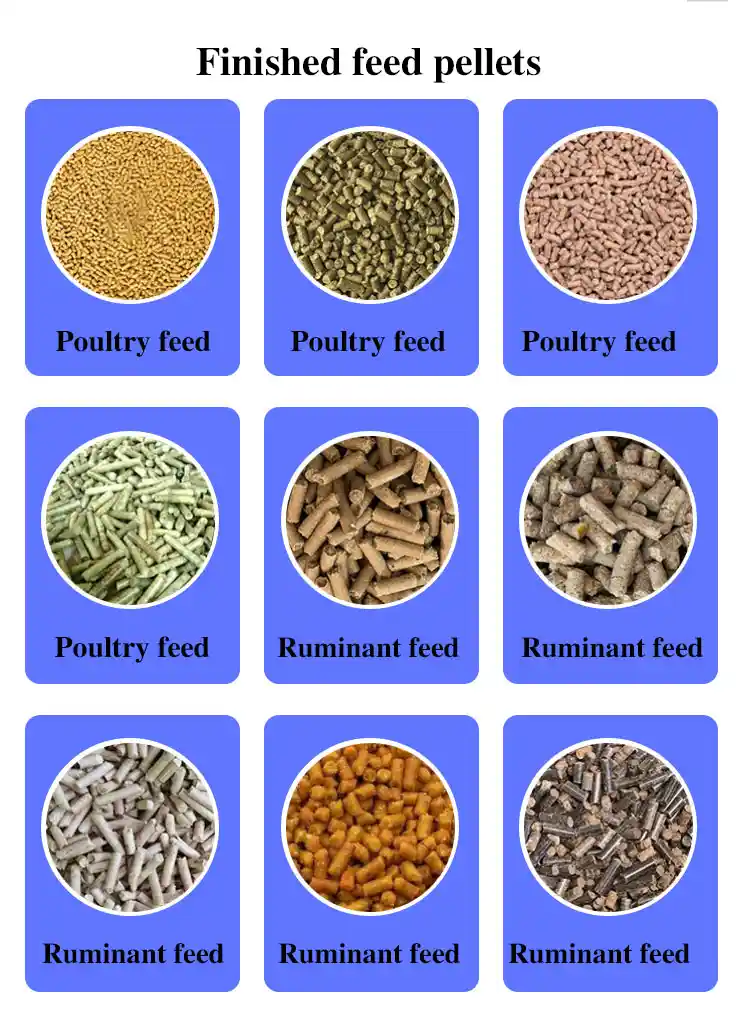
**Superiority of Pellets in Bedding Applications**:
1. Low dust and moisture content ensure optimal hygiene.
2. Excellent absorption and drainage qualities.
3. Reduced effort for mucking out.
4. Faster breakdown during composting.
**Flowchart of Wheat Straw Pellet Production**:
1. Crush wheat straw into powder using a crusher or hammer mill.
2. Ensure high-quality, dry material with recommended moisture levels up to 14%.
3. Pelletize using a wheat straw pellet mill.
4. Sun-cool pellets for small-scale production.
5. Store pellets in containers, silos, or pack them into bags for future use.
Unlock the full potential of wheat straw through efficient pellet production. Maximize energy yield, transportation ease, and versatile application in heating and bedding with these optimized techniques.
